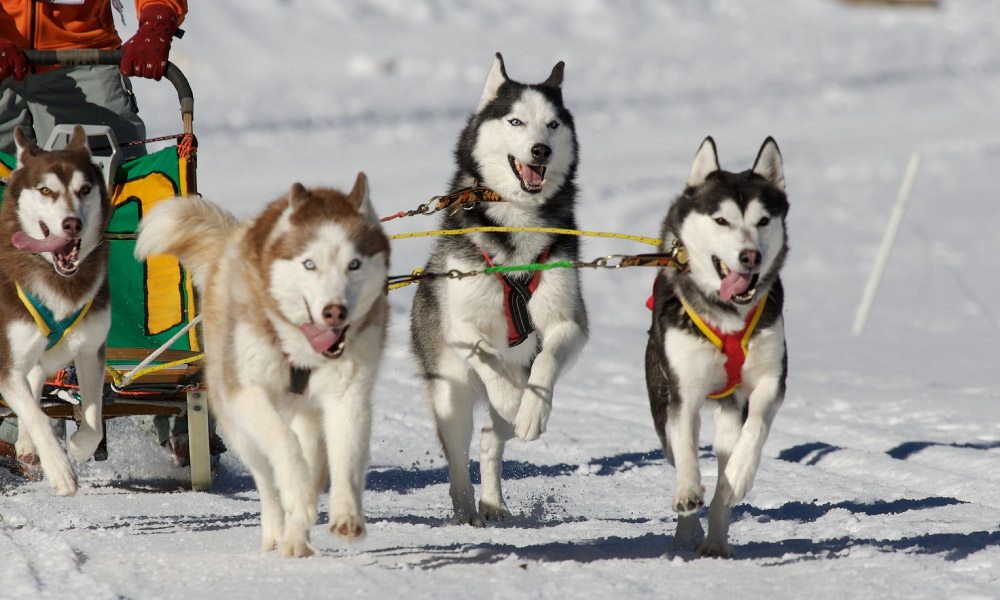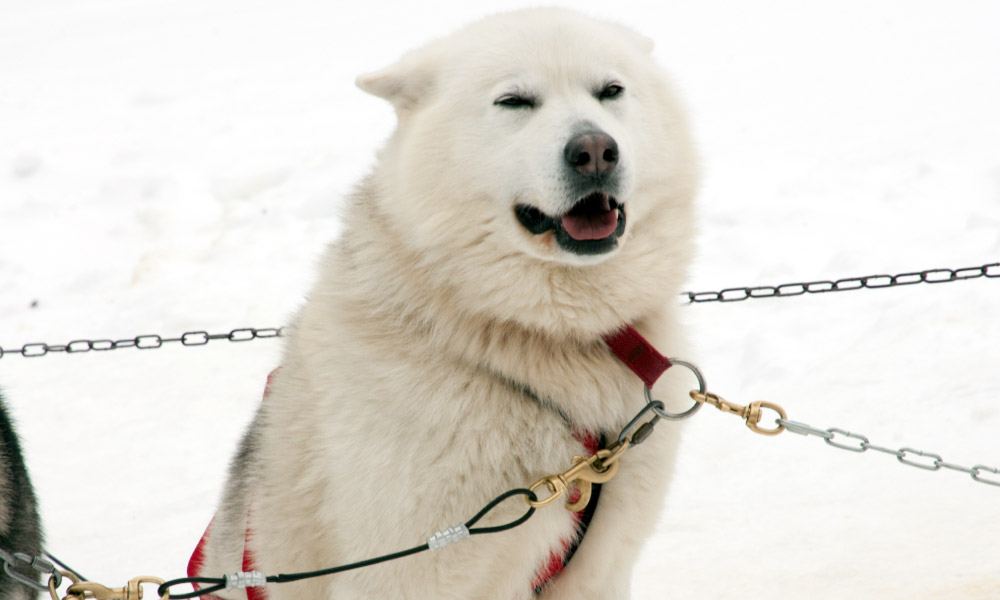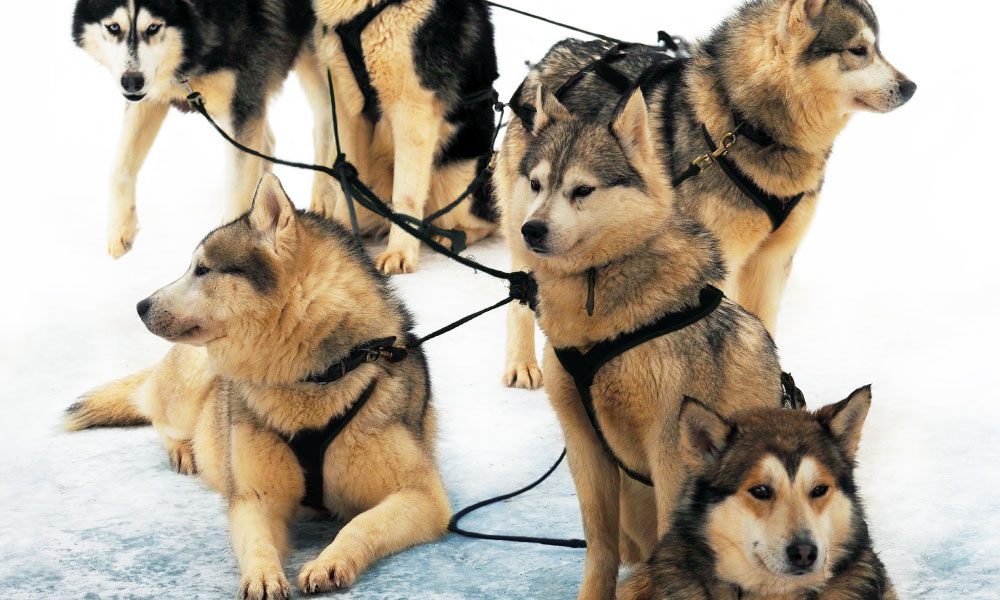
Clarity and Alignment
I recently came across yet another interesting similarity between the Musher’s relationship to the dogsled team and the CEO’s relationship to the executive leadership team, and somewhat to my surprise it was proven to me in the same week at both a very large and a very small company.
The set-up: dogsledding teams have the organizational devices of the harness and the tug and snub lines to maintain order among the dogs on the team. Not only does the harness help the dogs to coordinate their pulling power and pull the sled in a relatively straight line, but the harness actually separates the dogs in such a way that they understand their roles (ie., lead dogs, swing dogs, wheel dogs, left-side and right-side dogs). They understand their position, their job as it were. Unlike a horse-team using reins however, the dogs receive instructions from the Musher verbally – a much more nuanced and intimate relationship.
The Musher provides signals and commands to the dog team on a fairly regular basis; as such, the team knows that the Musher is there, and engaged. The dogs hear the Musher’s reassuring course corrections and subtle adjustments at any given time. If the Musher stops providing this regular feedback through these verbal commands, the dogs will begin to veer as much as they can away from the core course of the sled. They will begin to pull away from each other, and strain against the harness. If this lack of feedback goes on too long, in some cases the dogs will become agitated and will begin to try to jump on each other’s backs or actually jump the tow line in an attempt to switch roles. With this sort of tangle the lead dogs know something is wrong up and pull up, and the sled more or less comes to a halt. On the whole, Mushers of course would try to prevent this from happening by remaining appropriately engaged and paying attention to the team.
Recently I detected an analog to this Musher phenomenon in the ongoing presence (or lack of presence) of the chief executive and how critical that presence is to the team’s ability to maintain clarity of purpose and alignment with one another. I noticed that the executive team of a smaller, earlier stage company was struggling with a sense of direction and purpose, and that much of the source of the struggle was the team’s lack of visibility to and access to the CEO. In a bit of serendipity, in the same week , I discovered that the exact same phenomenon was happening in a company larger by orders of magnitude.
Surprisingly, it was the larger company with the more mature executives that actually began to come apart first. In part this may be because of the complexity that each individual executive leader was managing in his or her own domain, and part of it was likely because of the global nature of the business and the physical distance between these executives. But what was really interesting was that in both instances, large or small, the CEO’s lack of attentiveness and accessibility to the team quickly created a situation wherein the C-suite leaders began to question each other’s abilities, challenge the results or lack thereof of in each other’s functional groups, carp about each other’s lack of commitment to the mission, and so on.
The point to all this being, it is easy for a CEO of a large company to over-estimate the capacity of the “management apparatus” to maintain a sense of order and cadence when she or he is away, physically, intellectually, and emotionally from the leadership team. In smaller companies, where a deep sense of mission, and a type of cult of personality often serve as the proxy for robust management infrastructure, the CEO’s presence is critical to ensuring unity via constant efforts toward clarity around mission and purpose, and alignment around how to execute on daily challenges.
An important reminder that it is the team of the dogs which pulls the sled, not you: do they sense your presence, understand your intentions, and feel your concern for them?
New? Start here.
Stay in the Know
Sign-up to get our latest articles delivered right to your Inbox.
"*" indicates required fields



